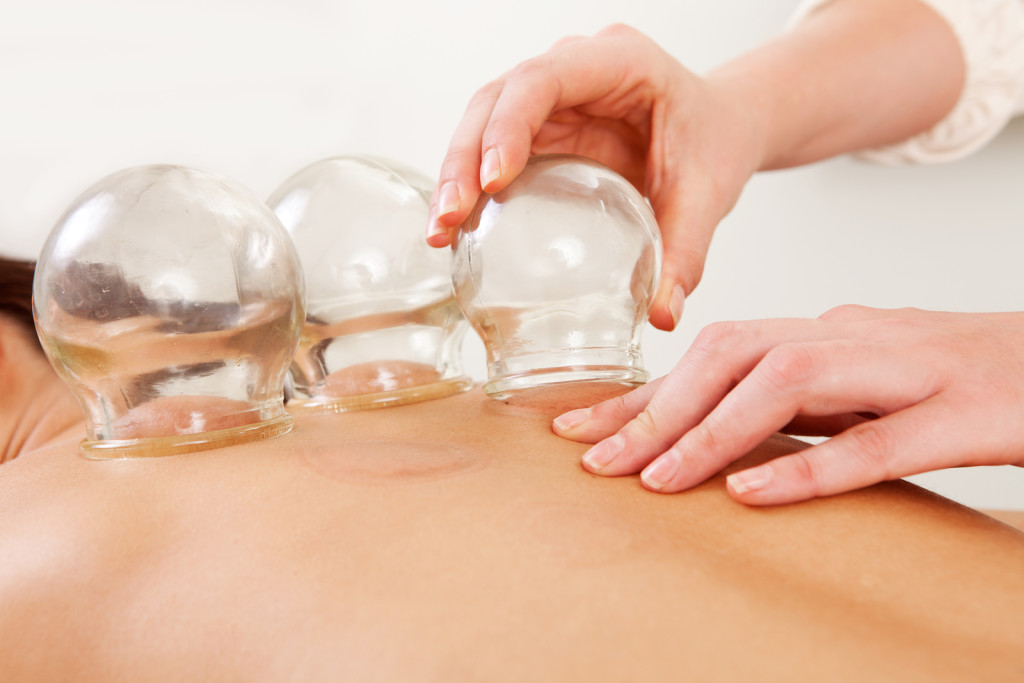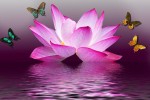Cupping
Cupping
 Cupping is a therapy in which a jar is attached to the skin surface to cause local congestion through negative pressure created by heat. This method has a function of warming and promoting free flow of Qi and Blood in the channels, diminishing swelling and pain and dispelling cold and dampness.
Cupping is a therapy in which a jar is attached to the skin surface to cause local congestion through negative pressure created by heat. This method has a function of warming and promoting free flow of Qi and Blood in the channels, diminishing swelling and pain and dispelling cold and dampness.
One or several glass cups are placed on the body. A vacuum is created under the cup using heat. The lack of oxygen anchors the cup to the skin and pulls it upward on the inside of the glass. This opens up the pores of the skin, which helps to stimulate the flow of blood, balances and realigns the flow of Qi, breaks up stagnation and creates a way for toxins to be drawn out of the body. The cup may be moved over a larger area by first applying oil to the skin, called ’moving cups’.
The cups will be left in place for 5 to 10 minutes. To remove the cup, the practitioner gently pushes down on the skin at the edge of the cup while gently lifting the cup. The vacuum then disappears.
The treatment is usually painless and it is considered safe. Some swelling and bruising of the skin is a common side effect. This is caused by the blood vessels at the surface of the skin, under the cup, expanding. The bruises, sometimes purplish, disappear within a few days of treatment.
Cupping should not be performed if the skin is inflamed, if the patient has high fever or convulsions or patients who bleed easily. Pregnant women should not have cups placed on the abdomen or lower back.
In China cupping is used primarily to treat respiratory conditions such as bronchitis, asthma and congestion, arthritis, gastrointestinal disorders and certain types of pain. Fleshy sites of the body, such as the stomach and back are the preferred sites for treatment.
Other Modalities
Classic Acupuncture
Ear Acupuncture
Tui Na
Cupping
Gua Sha
Korean Hand Acupuncture
